
The major product ( $ 70\% $ to $ 80\% $ ) of the reaction between m-dinitrobenzene with $ N{H_4}HS $ is:
(A)

(B)
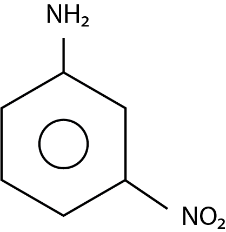
(C)
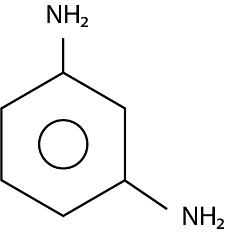
(D)
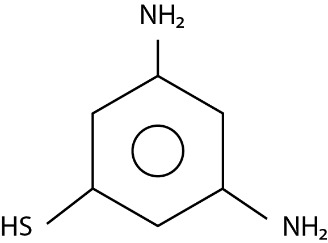




Answer
539.7k+ views
Hint: $ N{H_4}HS $ (ammonium bisulfide), helps in the selective reduction of nitro group to amine group. Selective reduction refers to the reduction of any one of the groups where two similar groups are present. In m-dinitrobenzene, two nitro groups are present. Out of two nitro groups, one will be reduced to $ - N{H_2} $ group. No further effect of reagent will be there on the other nitro group.
Complete step by step solution:
The given reactant is m-dinitrobenzene.
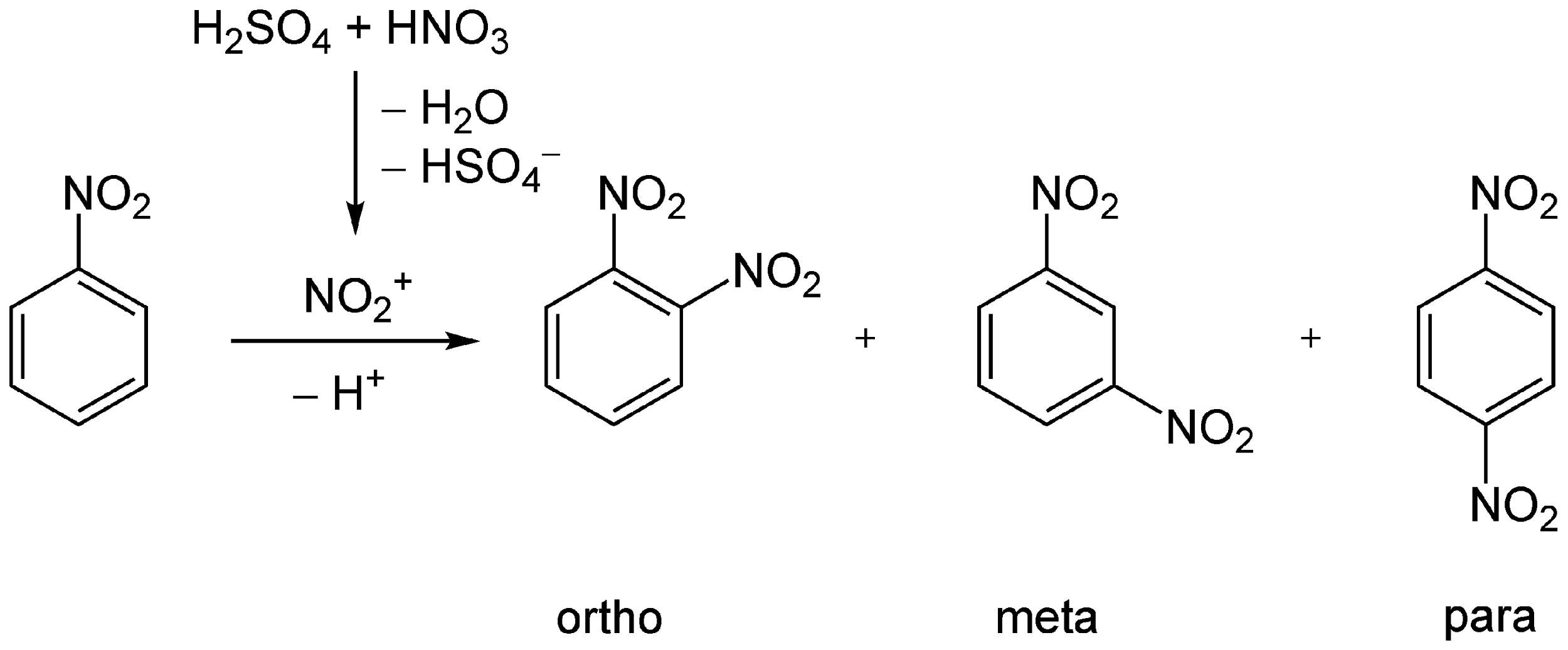
Reduction of dinitrobenzene with ammonium sulphide reduces only one nitro group. This reduction is called zenin reduction.
The desired reaction is given below:

Here, we can see that one nitro group is reduced to an amino group while the other one left undisturbed. As the compound is symmetric, we can reduce any nitro group according to our choice. Because both are the same with respect to one another.
Moreover, if we want to reduce the leftover nitro group, it can also be done with the help of $ Sn/HCl $ . Further reduction with $ Sn/HCl $ given m-phenylenediamine.
So, the major product ( $ 70\% $ to $ 80\% $ ) of the reaction between m-dinitrobenzene with $ N{H_4}HS $ is
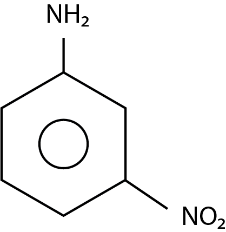
Hence, the correct option is (C).
Note:
Same reduction can also be carried out with the help of sodium sulfide in aqueous solution. Further reduction with iron and hydrochloric acid gives m-phenylenediamine. m-dinitrobenzene is an organic compound which has three isomers. It is a yellow solid that is soluble in organic solvents.
Complete step by step solution:
The given reactant is m-dinitrobenzene.

Reduction of dinitrobenzene with ammonium sulphide reduces only one nitro group. This reduction is called zenin reduction.
The desired reaction is given below:

Here, we can see that one nitro group is reduced to an amino group while the other one left undisturbed. As the compound is symmetric, we can reduce any nitro group according to our choice. Because both are the same with respect to one another.
Moreover, if we want to reduce the leftover nitro group, it can also be done with the help of $ Sn/HCl $ . Further reduction with $ Sn/HCl $ given m-phenylenediamine.
So, the major product ( $ 70\% $ to $ 80\% $ ) of the reaction between m-dinitrobenzene with $ N{H_4}HS $ is

Hence, the correct option is (C).
Note:
Same reduction can also be carried out with the help of sodium sulfide in aqueous solution. Further reduction with iron and hydrochloric acid gives m-phenylenediamine. m-dinitrobenzene is an organic compound which has three isomers. It is a yellow solid that is soluble in organic solvents.
Recently Updated Pages
The number of solutions in x in 02pi for which sqrt class 12 maths CBSE

Write any two methods of preparation of phenol Give class 12 chemistry CBSE

Differentiate between action potential and resting class 12 biology CBSE

Two plane mirrors arranged at right angles to each class 12 physics CBSE

Which of the following molecules is are chiral A I class 12 chemistry CBSE

Name different types of neurons and give one function class 12 biology CBSE

Trending doubts
One Metric ton is equal to kg A 10000 B 1000 C 100 class 11 physics CBSE

Explain zero factorial class 11 maths CBSE

What is 1s 2s 2p 3s 3p class 11 chemistry CBSE

Discuss the various forms of bacteria class 11 biology CBSE

State the laws of reflection of light

Difference Between Prokaryotic Cells and Eukaryotic Cells




